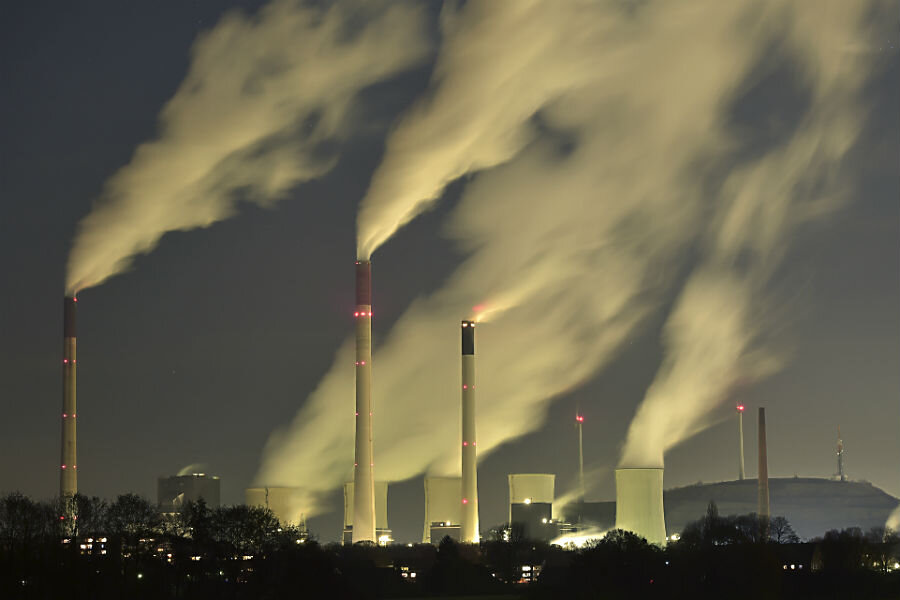Greenhouse gas levels hit record high for 30th year in a row
Loading...
Carbon dioxide levels in the planet’s atmosphere hit a record high in 2014 – the 30th year in a row that record has been broken – spurring scientists to proclaim the planet is now in "uncharted territory" just weeks before international climate negotiations are scheduled to begin in Paris.
The figures are released annually by the World Meteorological Organization, a UN agency. The organization's report on Monday shows that CO2 levels averaged 397.7 parts per million last year, briefly exceeding the 400-ppm threshold in the Northern hemisphere in early 2014, and again globally in early 2015.
Levels of atmospheric CO2 – the greenhouse gas most closely linked to climate change – has hit a new record every year since reliable record-keeping began in 1984.
"Every year we say time is running out. We have to act NOW to slash greenhouse gas emissions if we are to have a chance to keep the increase in temperatures at manageable levels," said Michel Jarraud, WMO secretary-general, in a statement.
Many scientists argue that CO2 levels above 400 ppm will lead to destructive and irreversible changes to the Earth's climate, but Dr. Jarraud said on Monday that 400 ppm will soon become "a permanent reality."
"We are moving into uncharted territory at a frightening speed," he added, saying the long-term implications for the planet will likely include rising sea levels, hotter global temperatures, and more extreme weather events like heat waves and floods.
Global CO2 levels will likely increase again next year because of El Niño, the cyclical warming the Pacific Ocean has been experiencing this year, according to Oksana Tarasova, WMO atmospheric research chief.
Representatives from 190 countries will be meeting in Paris later this month for a week of negotiations aiming to coordinate a global effort to reduce greenhouse gas emissions and prepare for the effects of climate change that are now "locked in" because of gases that are already in the atmosphere.
Scientists have been stressing that the planet should seek to avoid warming more than 2 degrees Celsius (3.6 Farenheit) above pre-industrial levels, but diplomats have said recently that it is unlikely such a goal will be achieved in Paris. Instead, the conference will hope to map out a pathway for a more achievable target.
Christiana Figueres, executive secretary of the UN Framework Convention on Climate Change, said at a Monitor event last week that "we have to be able to admit publicly, privately, and everything in between that those 157 national climate change plans do not constitute enough emissions reductions to put us onto the path of 2 degrees [C]."
"However, what they do is get us off the business-as-usual trajectory that we were on just four or five years ago to a temperature increase of 4 or 5 degrees," Ms. Figueres aded.
Global temperatures are set to rise 1 degree Celsius above pre-industrial levels this year, according to the Met Office in the UK.
"This is the first time we're set to reach the 1C marker, and it’s clear that it is human influence driving our modern climate into uncharted territory," said Stephen Belcher, director of the Met Office Hadley Center, according to the BBC.
The WMO maintains the world’s biggest network of sensors tracking changes in the Earth's atmospheric makeup, and it has been tracking rising greenhouse gas concentrations for decades. Besides the record CO2 levels, Monday's report also found that two other key greenhouse gases – methane and nitrous oxide – appear to be increasing at an even faster rate. Methane increased by 9 parts per billion from 2013 to 2014, up from an average annual increase of 4.7 ppb.
Material from Reuters was used in this report.








